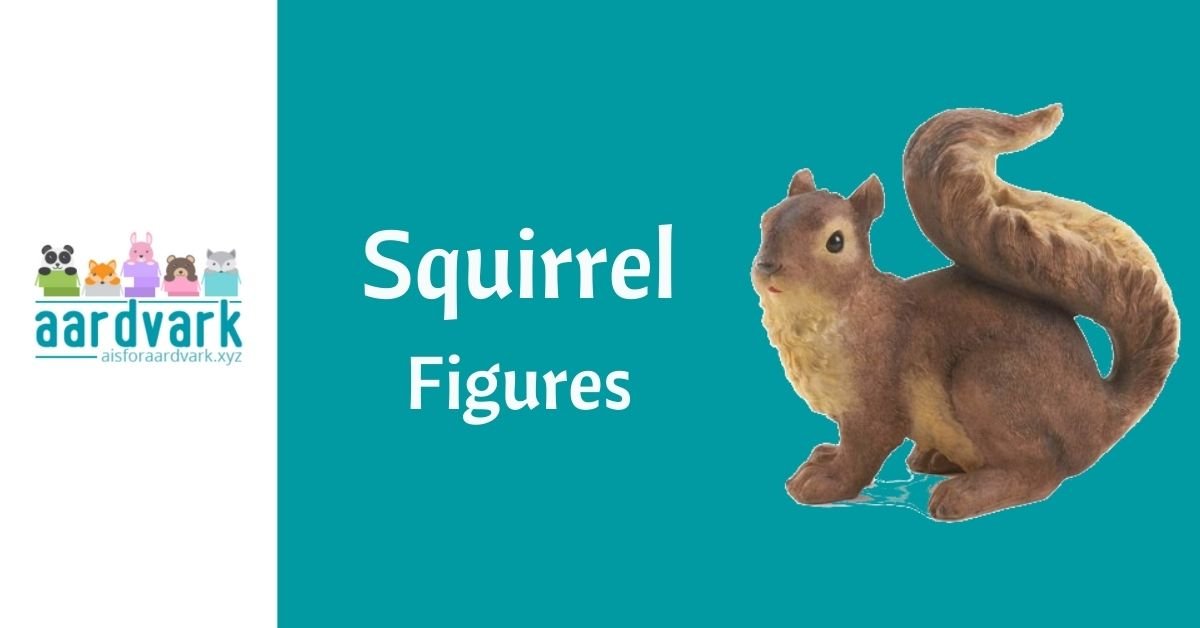With their lively antics and bushy tails, squirrels are among the most familiar and widespread animals. They’re found across a variety of ecosystems. These small to medium-sized rodents are admired for their agility, adaptability, and playfulness.
In this article, we’ll explore the world of squirrels, discussing their species diversity, habitats, physical characteristics, lifestyle, diet, and roles in ecosystems and human culture.
Species Diversity and Habitats
The squirrel family, Sciuridae, includes various species found in almost every habitat, from tropical rainforests to arid deserts. Well-known species include the Eastern Gray Squirrel (Sciurus carolinensis), common in North American woodlands, the Red Squirrel (Sciurus vulgaris) found across Eurasia, and the impressively large Indian Giant Squirrel (Ratufa indica). Each species has adapted to its specific environment, whether it be dense forests, urban parks, or rugged mountains.
Physical Characteristics and Adaptations
Squirrels vary significantly in size and appearance across species. The Eastern Gray Squirrel, for example, typically weighs between 400 and 600 grams (14 to 21 ounces) and measures about 40 to 50 cm (15.7 to 19.7 inches) in length, including the tail.
The Indian Giant Squirrel is much larger, with some individuals weighing up to 2 kg (4.4 lbs) and measuring over 1 meter (3 feet) in length!
Their most distinctive feature is the bushy tail, which serves multiple functions such as balance while navigating treetops, a blanket during sleep, and a communication tool.
Squirrels have sharp claws for climbing and strong hind limbs for leaping. Their front teeth continuously grow throughout their lives, allowing them to gnaw through hard nuts and seeds.
Lifestyle: Arboreal and Ground-Dwelling Habits
Squirrels are primarily arboreal, spending most of their lives in trees. However, some species, like the Eastern Gray Squirrel, are equally comfortable on the ground. They are active during the day (diurnal), especially in the morning and evening. Squirrels are known for their playful behavior, which includes chasing each other across branches and playing with objects they find.
Diet and Foraging Behaviors
Squirrels have a diverse diet, primarily consisting of nuts, seeds, fruits, and buds. They also eat insects, small birds, eggs, and even fungi.
Their foraging behavior is remarkable; they are known to bury excess food (caching) to consume later, displaying an excellent memory for their hidden stores. This caching behavior has the side effect of aiding in seed dispersal, contributing significantly to forest regeneration.
Role in the Ecosystem
As both prey and seed dispersers, squirrels play a vital role in their ecosystems. Their foraging and caching habits help disperse seeds, aiding the growth of various plant species. Squirrels are also a key food source for predators such as birds of prey, snakes, and larger mammals.
Breeding Behaviors and Lifecycle
Squirrels typically have a straightforward breeding process. Most species breed once or twice a year, depending on environmental conditions. Courtship often involves a chase, with multiple males pursuing a single female. After a gestation period lasting from 38 to 46 days, depending on the species, the female gives birth to a litter of 2 to 8 young.
The young are born blind and helpless, relying entirely on the mother for warmth and nutrition. The mother squirrel is highly protective and attentive to her offspring, nurturing them in a nest, known as a drey, constructed out of leaves and twigs. The young squirrels open their eyes after a few weeks and are weaned at around 10 to 12 weeks. They become fully independent and leave the nest to establish their territories at about three months of age.
Social Structure and Communication
Squirrels are generally solitary creatures, except during the mating season or when rearing young. However, they can sometimes be seen foraging in groups when food is abundant. They communicate using a series of vocalizations and tail movements. These communications serve various purposes, from warning other squirrels of danger to attracting mates during the breeding season.
Conservation Status and Threats
Most squirrel species are not currently at risk, with their populations being stable due to their adaptability and generalist diet. However, some species, particularly those native to islands or specific habitats, face threats from habitat destruction, climate change, and competition with other species, including invasive squirrels introduced by humans. Conservation efforts for these species include habitat preservation and careful monitoring of population dynamics.
Cultural Significance and Squirrels in Popular Culture
Squirrels have a charming presence in human culture, often associated with playfulness and industriousness. They feature in various folklores and myths across different cultures. In Native American folklore, for instance, squirrels are often portrayed as clever and resourceful creatures.
In popular culture, squirrels have been depicted in numerous children’s books, cartoons, and films. Notable examples include Scrat, the saber-toothed squirrel from the “Ice Age” movie series, known for his relentless pursuit of an acorn. Another example is Sandy Cheeks from “SpongeBob SquarePants,” showcasing a squirrel’s adaptability and intelligence.
The media often portrays squirrels as playful and agile, endearing them to audiences of all ages. These representations help foster a positive public perception of squirrels and an appreciation for their role in nature.
Squirrels are not only ubiquitous backyard animals; they are complex creatures with fascinating behaviors and an essential role in various ecosystems. Their presence, from the treetops of city parks to the depths of ancient forests, reminds us of the intricate connections within nature and the importance of preserving these dynamic ecosystems. Understanding and appreciating the full range of squirrels’ abilities and ecological roles can enhance our efforts to coexist peacefully with these agile and resourceful members of the wildlife community.

